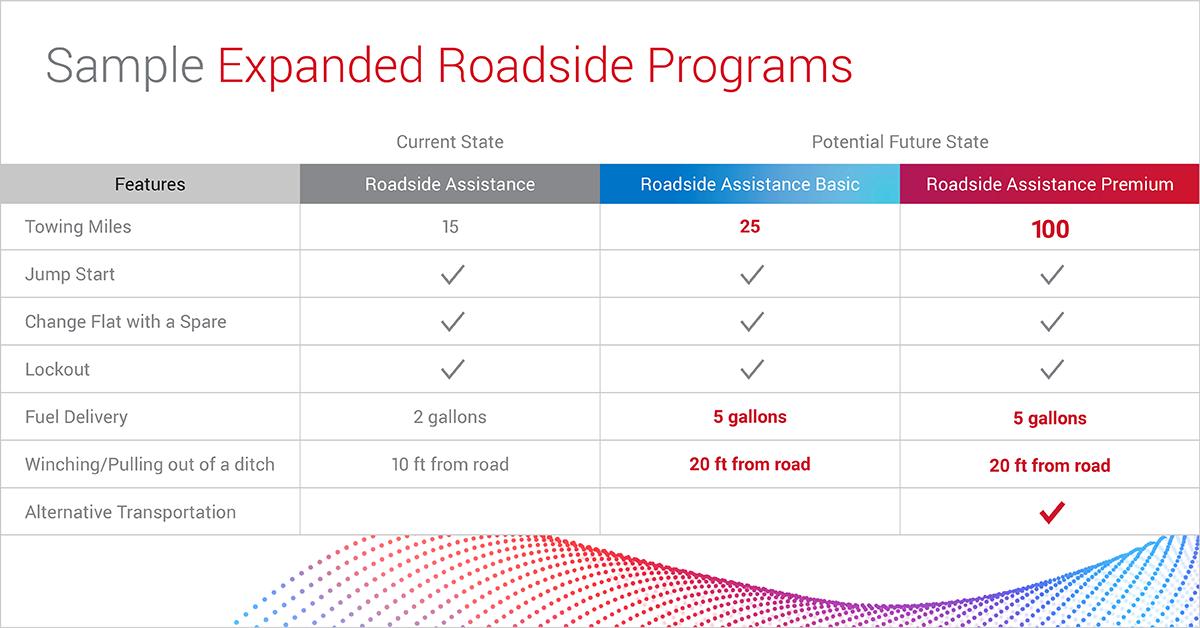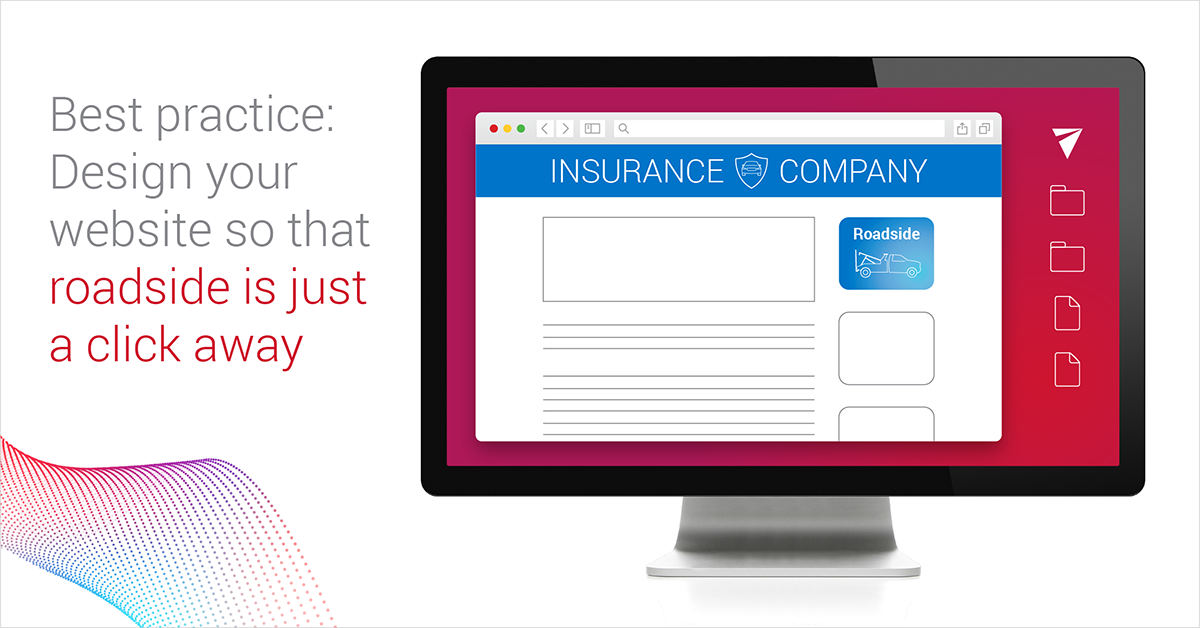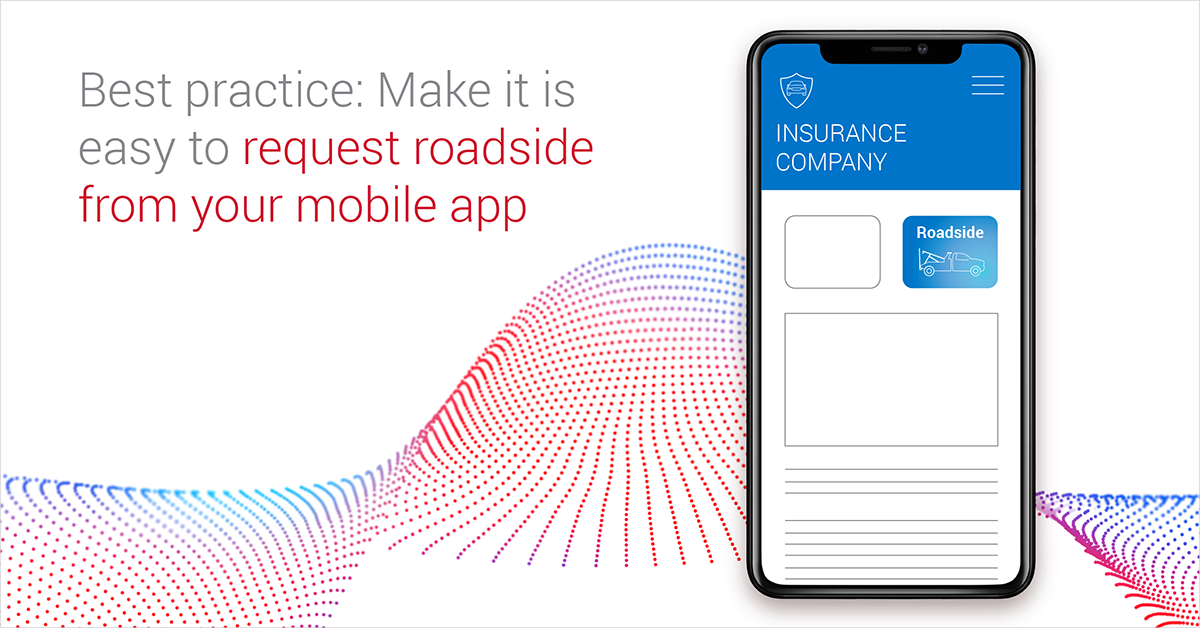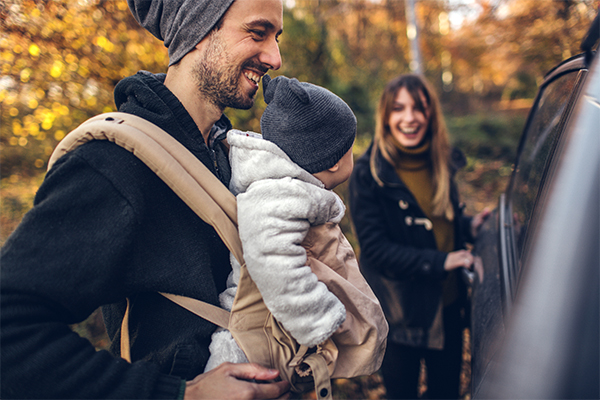At Agero, we take pride in leveraging our network and systems to support consumers on the side of the road. We recognize that we have an opportunity to not just service but also delight our consumers, turning this unexpected and unfortunate event, into a loyalty building event for our clients. We regularly survey consumers to better understand their experience. Based on this data across millions of dispatches, we are able to establish a few actions that insurance and automotive roadside programs can take to help improve the experience of consumers.
Coverage Expectations
When a consumer contacts a roadside program, their expectation is that they are covered for service. When the consumers are fully covered, the process of securing service and getting them on their way begins immediately. For the remainder there is a gap between the services they require and the coverage they have. This unpleasant surprise tends to be off putting to the consumer and their overall survey ratings, even if all other aspects of the event run smoothly, are lower. In fact, in a recent internal study, we found that consumers who contacted roadside and learned that they were not fully covered were nearly 2x more likely to rate their experience negatively. One example is tow distance. A typical program covers 10 miles of tow which only accounts for 85% of tow volume. Based on an account specific analysis, we found that at 30 miles, 95% of the tows would be covered and at 100 miles, nearly all consumers would be covered.
Additional areas to consider are winches, average coverage is limited to 10 ft but it is quite common for vehicles to be 20 ft off road. Lastly, fuel delivery quantity and cost can be a key component to plans.
Explore Program Enhancements and Set Expectations
Through extensive consumer research, we found a few opportunities to help address this gap. The first is to simply raise awareness about the details of the consumers roadside service through consistent regular communications.
The second is to explore changes to the roadside offering. We have found that there is an opportunity for insurance programs to offer a tiered offering, enabling higher coverage, at a slightly higher price point to the consumer. Through our research and case studies, we learned that there is significant willingness to pay for a higher roadside coverage levels and this can lead to consumers using that service at a higher frequency and therefore providing another opportunity to delight a consumer. Here’s an example:


Service Request Channel
Consumers are increasingly accustomed to self-service through digital channels for most products and services. Roadside is no exception. Depending on the program, consumers have a variety of options to request service – phone call, mobile app, web app, or even chat bot. After comparing the satisfaction rating of the different channels, we found that consumers who requested service through digital channels like mobile app or web app tended to have a better experience. In fact, consumers who used a digital channel were nearly 30% less likely to rate the experience negatively compared to phone. Further, consumers who leverage a mobile app to request assistance have higher NPS scores on average with nearly 91% identifying as a promoter.


There are a few reasons for this. We know that accurate location information plays a significant role in consumer experience, reducing their wait time, potential confusion or frustration. Digital channels facilitate more accurate gathering of this information.
This is also in line with general consumer trends. 75% of consumers prefer self-service.i Digital requests are far more likely to deliver that experience.


Encourage consumers to your digital channels
The first step is to enable roadside requests through your consumer app and your website. It is important to be thoughtful about the design so that consumers can easily find these functionalities when they are under stress. Here are a few ways to optimize mobile and web experiences for roadside and encourage digital channels:
- Add a roadside button to the main app screen: To encourage consumers to leverage your app it is important to place access in obvious locations like the log in screen and the home screen
- Add a roadside button to the banner or footer on your website: This makes it easier for consumers to find and leverage.
- Optimize search within your website: When consumers search within your website for key words like tow, flat tire, roadside, make sure that your web access tool is highly ranked in the search results.
- Remind customers through email communications of their service and include link to digital channels directly in the email. This will help raise awareness. In addition, it may prompt consumers to search their inbox during a roadside event and empower them to request support.
At Agero, we understand how a positive roadside experience can build consumer affinity and we are proud to partner with leading insurance and automotive brands to deliver the best possible experience. We will continue to analyze our millions of annual dispatches and share insights. Drive safe.
i https://thinkrelay.com/blog/self-service-support/








 Shana Cooper leads the Product Marketing team at Agero. She joined the team in 2019 and has helped build and shape product content and education across all lines of business. Prior to Agero, Shana worked in a range of early stage start-ups covering everything from robots to biotech to IoT consumer products. She loves the challenge of helping to understand and communicate complex products. Shana has a BA in Chemistry from Colgate University and an MBA from Boston University.
Shana Cooper leads the Product Marketing team at Agero. She joined the team in 2019 and has helped build and shape product content and education across all lines of business. Prior to Agero, Shana worked in a range of early stage start-ups covering everything from robots to biotech to IoT consumer products. She loves the challenge of helping to understand and communicate complex products. Shana has a BA in Chemistry from Colgate University and an MBA from Boston University.